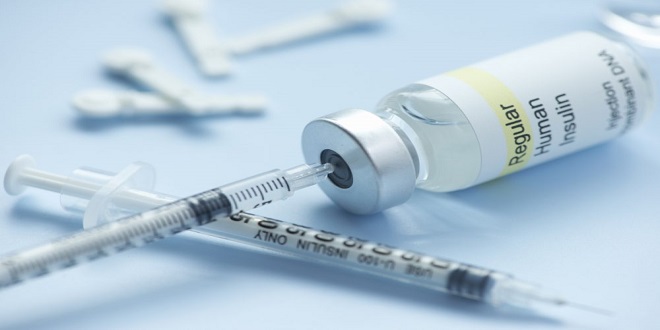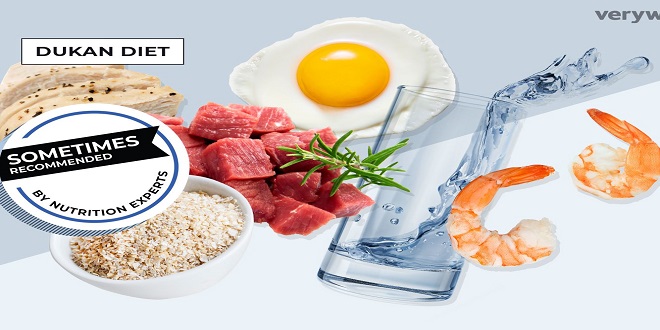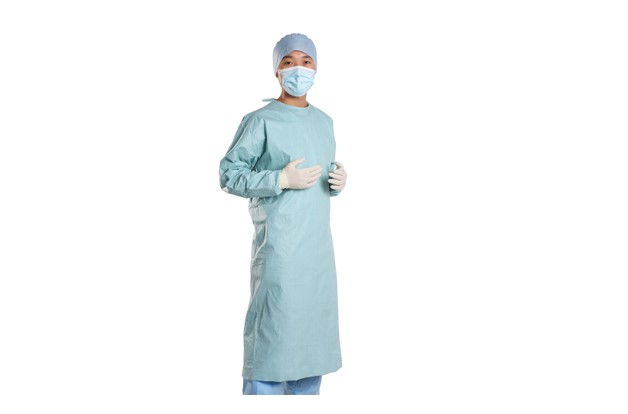A Life Raft for the Aging Brain?

Now that you know how to enter a state of ketosis, you should be aware that the benefits of allowing the brain to “burn” ketones instead of glucose don’t end at the fact that they are a cleaner-burning fuel source. One of the major benefits of supplying ketones to the brain that I have yet to mention is that certain brains may actually work better when given the chance to run on ketones
TREATING ALZHEIMER’S AS A METABOLIC DISEASE
When it comes to the most common form of dementia, there are likely many interacting variables that decide one’s fate. As my friend Richard Isaacson, Alzheimer’s prevention specialist, says, “Once you’ve seen one case of Alzheimer’s disease, you’ve seen one case of Alzheimer’s disease.” The complexity of the disease, coupled with the fact that it begins in the brain well before the appearance of symptoms, may explain why Alzheimer’s drug trials have a 99.6 percent failure rate.
And why no one has ever recovered from it. Recently, the Buck Institute for Research on Aging reported that it was able to reverse symptoms in nine of ten patients with varying degrees of cognitive impairment, including Alzheimer’s disease. The program was designed to improve metabolic health: blood sugar and insulin levels were reduced, and patients were told to eat “low-grain” diets to spur ketone production
Can’t I Just Eat My Ketones?
There is another means of supplying ketones to the brain that I have briefly mentioned: by consuming special ketone generating foods. These are foods that contain a natural source of a relatively rare dietary fat called a medium-chain triglyceride, or MCT. MCTs are abundant in coconut oil, palm oil, goat’s milk, and human breast milk, and they have a unique and important effect on the body
A COCONUT OIL PIONEER
I became familiar with Mary Newport’s work with coconut oil early on. Her husband, Steve, was diagnosed with Alzheimer’s disease and became unable to perform many of his daily activities, including some of his favorite pastimes. After trying all available pharmaceutical options without much luck, Mary set out to look for something better.
WHAT’S IN YOUR POOP?
The average stool sample is more than half bacteria, with each gram consisting of one hundred billion microbes. That’s nearly fourteen times the global human population in just one gram of dookie! Fecal matter is so dense with microbes, in fact, that every time you go to the bathroom, you excrete about one-third of your colonic bacterial content. Not to worry, however, as the colonic bacterial count rebuilds over the course of the day.





